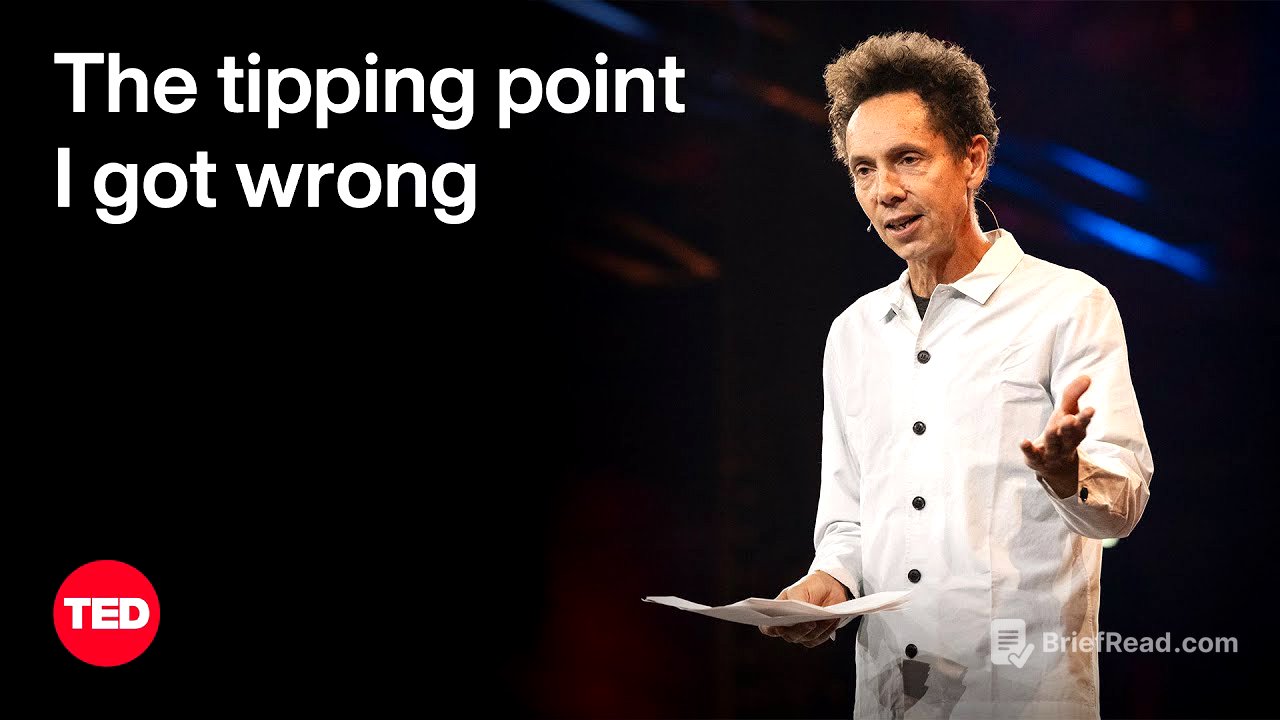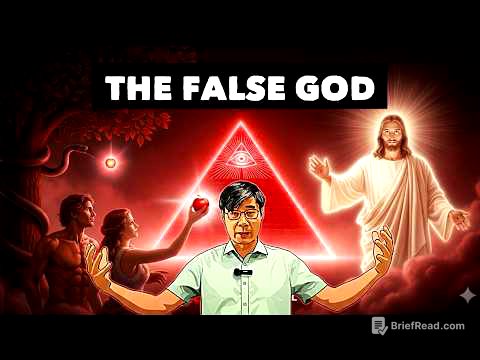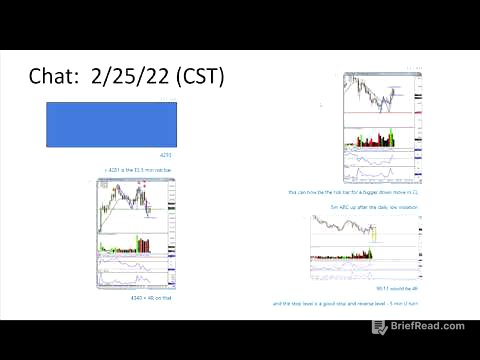TLDR;
Malcolm Gladwell discusses his initial support for the "broken windows" theory of policing and his subsequent realisation that it was flawed. He reflects on the dramatic drop in crime in New York City in the 1990s and how it was initially attributed to broken windows policing. He acknowledges his mistake in promoting this theory in his book "The Tipping Point" and explains how a later court case, Floyd v City of New York, revealed that the crime rate continued to fall even after the NYPD scaled back its stop-and-frisk practices. Gladwell expresses regret for not considering the negative impact of broken windows policing on minority communities and emphasises the importance of acknowledging uncertainty and the potential for change in one's understanding of the world.
- Crime drop in New York City in the 1990s was initially attributed to broken windows policing.
- Floyd v City of New York case showed crime continued to fall after stop-and-frisk was reduced.
- Gladwell regrets promoting broken windows theory and not considering its impact on minorities.
- He now believes in acknowledging uncertainty and the potential for change in understanding.
Moving to New York and the Epidemic Theory of Crime [0:04]
In 1993, Gladwell moved to New York City, which was then considered one of the most dangerous cities in the United States. He recounts how he and his friends would meticulously plan their routes home at the end of each night due to safety concerns. He lived in a sixth-floor walk-up in the West Village and kept his windows closed out of fear of intruders. Eventually, he realised that the city was no longer as frightening as it once was, and this transformation fascinated him. He sought explanations from criminologists but found none satisfactory. While researching in the Bobst Library at NYU, he discovered an article from 1991 by Jonathan Crane titled "The Epidemic Theory of Ghetto Life," which argued that social problems like crime spread and recede like viruses. This article inspired Gladwell to write "The Tipping Point," applying the epidemic theory to explain the decline in crime in New York.
Broken Windows Theory and its Re-evaluation [3:46]
"The Tipping Point" included a chapter on the decline of crime in New York, focusing on the broken windows theory popularised by criminologists George Kelling and James Q. Wilson. This theory posits that small signs of disorder can lead to more serious crimes. The NYPD adopted this theory, proactively addressing minor offences like jaywalking and graffiti, and implementing stop-and-frisk tactics. However, Gladwell now believes his initial explanation of the crime drop was incorrect. He realised this while writing a sequel to "The Tipping Point" and re-evaluating his original arguments.
The Floyd v City of New York Case and its Implications [5:35]
The court case of Floyd v City of New York served as a natural experiment that challenged the broken windows theory. David Floyd, who had been repeatedly stopped by the NYPD, filed a class-action lawsuit arguing that the stop-and-frisk policy was unconstitutional, particularly affecting young men of colour. The federal judge ruled in Floyd's favour, leading to a significant reduction in stop-and-frisk practices. Contrary to expectations, crime rates continued to decline even after the implementation of broken windows policing was curtailed. By 2019, New York City had become as safe as Paris. This second crime decline revealed that indiscriminate policing was not the cause of the drop in crime, but rather the intelligent and selective application of police authority.
Misconceptions and Accountability [9:57]
Despite the evidence, many people have not internalised the fact that New York experienced a second, even more dramatic crime fall. Some wealthy individuals have left New York, citing crime concerns, even though violent crime rates are higher in their new locations. Additionally, some politicians advocate for the return of stop-and-frisk policies, falsely claiming they were effective in New York. Gladwell takes responsibility for contributing to this misunderstanding, as his book initially promoted the broken windows theory. He acknowledges that he presented the story of New York's crime decline as if it were complete and he knew the answer, which was not the case. He emphasises the importance of acknowledging uncertainty and recognising that current understandings may change as new facts emerge.
Reflections and Current Thinking [13:29]
During a Q&A session, Gladwell reflects on his past perspective and admits he was not thinking about the potential harm of stop-and-frisk policies on innocent people. He recounts a conversation with doctors in Philadelphia who pointed out that his original chapter on crime focused more on the fear of the white perpetrator than on the experiences of the young victims. He acknowledges that he was in a bubble, viewing the problem from a limited perspective. He now realises that certainty is not always the best way to persuade an audience and that admitting uncertainty and fragility can be more effective. He concludes by expressing gratitude for the opportunity to share his thoughts and insights.









